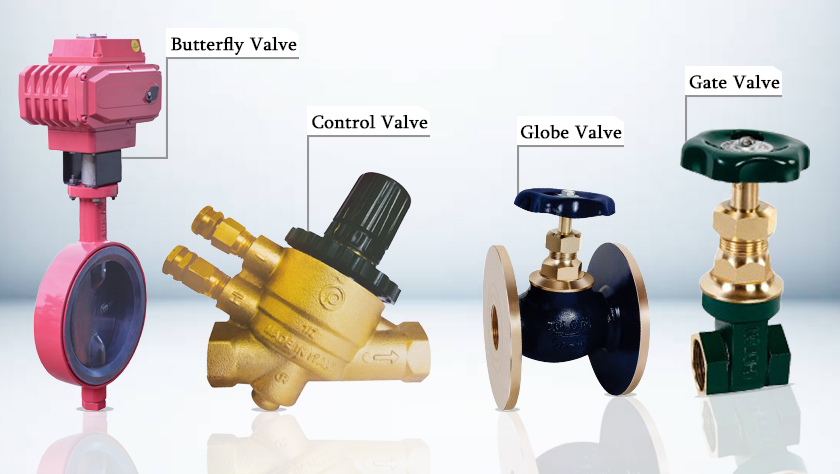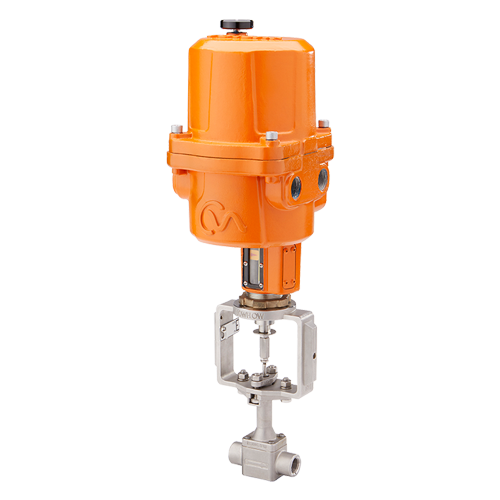The Function of Control Valves in Liquid Circulation Monitoring Systems
The Function of Control Valves in Liquid Circulation Monitoring Systems
Blog Article
Optimize Building Workflow With Premium Automation Controls for Controllers
In the world of modern-day building operations, the combination of costs automation controls for controllers has actually become an essential facet in making sure optimum efficiency and performance. By taking advantage of the power of premium automation controls, buildings can attain unmatched degrees of power performance, system reliability, and cost-effectiveness.
Enhancing Building Efficiency With Automation Controls
Improving building effectiveness is critical in today's design and style market, with automation controls playing an essential function in accomplishing optimum efficiency. By incorporating sophisticated automation manages into developing designers, systems and designers can develop smart, energy-efficient structures that react dynamically to transforming ecological conditions. These controls enable the smooth monitoring and administration of numerous building functions, such as lighting, HVAC systems, and safety methods, resulting in enhanced operational efficiency and expense financial savings.
Automation controls enable real-time information analysis and adjustments, making certain that buildings operate at peak performance levels while minimizing power waste. Through making use of sensors, actuators, and centralized control systems, structures can adapt their setups based on occupancy patterns, exterior climate condition, and time of day. This degree of automation not just improves the convenience and efficiency of building owners however also adds to sustainability efforts by lowering total energy consumption and carbon exhausts.
Maximizing Energy Financial Savings With Costs Controls
With the integration of costs automation controls right into building designers, systems and architects can even more optimize energy performance, enhancing the general functional efficiency of frameworks. Costs controls offer sophisticated attributes such as tenancy sensors, organizing capacities, and adaptive algorithms that enable exact surveillance and adjustment of energy use. By leveraging these capabilities, buildings can dynamically reply to altering tenancy patterns and ecological problems, ensuring that energy is only consumed when needed. Furthermore, costs controls help with the sychronisation of different structure systems, such as Lighting, hvac, and shading, to operate in harmony towards minimizing power wastefulness. Via real-time information analytics and anticipating modeling, these controls can determine inadequacies and possibilities for renovation, permitting for constant refinement of energy-saving strategies. In general, the application of premium automation manages not only reduces energy costs but additionally contributes to a much more environmentally friendly and sustainable built environment.

Improving System Performance and Dependability
The assimilation of costs automation regulates into building systems improves functional effectiveness, making certain optimal efficiency and reliability. Additionally, premium automation controls provide information analytics that provide insights right into system performance patterns, allowing for continual optimization and fine-tuning of procedures. In general, the incorporation of costs automation controls boosts system efficiency and you could try these out dependability, ultimately adding to an extra effective and lasting building atmosphere.
Reducing Functional Costs With Automation Innovation
The implementation of automation innovation in structure systems not only boosts performance and dependability but additionally plays an essential duty in driving down operational costs. control valves. By leveraging sophisticated automation controls, developing operators can maximize energy consumption, minimize waste, and improve upkeep procedures. Automation modern technology enables precise tracking and control of different structure systems such as Safety and security, lights, and cooling and heating, causing more reliable operations. Via the integration of sensors and information analytics, automation systems can recognize inadequacies and instantly change settings to make certain ideal efficiency while reducing power use. Furthermore, automation technology helps in predictive maintenance by finding possible concerns early, preventing costly repair services and downtime. By centralizing control and automating regular tasks, operational costs can be substantially reduced, maximizing sources for various other important structure upgrades or investments. Overall, the critical application of automation technology not just improves functional effectiveness but likewise contributes to lasting expense savings for building proprietors and managers.
Enhancing Control and Adaptability for Procedures

Furthermore, these systems allow smooth integration with various other structure monitoring modern technologies, such as energy tracking systems and safety methods, creating a thorough ecological community that enhances operations and enhances total effectiveness (control valves). The ability to from another location access and readjust settings further improves control and flexibility, enabling quick reactions to changing functional demands. Ultimately, purchasing costs automation regulates not just boosts the daily operations of a building however likewise leads to long-lasting expense financial savings and sustainability advantages
Conclusion
These controls enhance efficiency, maximize power cost savings, enhance system performance and integrity, reduce functional expenses, and improve control and versatility for operations. It is vital for organizations to spend in costs automation manages to achieve better structure performance and functional results.
By utilizing the power of premium automation controls, structures can achieve unrivaled degrees of energy efficiency, system integrity, and cost-effectiveness. Generally, the consolidation of premium automation regulates raises system performance and integrity, inevitably contributing to a much more lasting and efficient building setting.
Automation technology enables exact tracking and control of different building systems such as Safety click and security, hvac, and lights, leading to more effective operations. These controls boost effectiveness, maximize power financial savings, boost system efficiency and dependability, reduce operational prices, and enhance control and flexibility for procedures. It is important for companies to spend in costs automation controls to achieve much better building efficiency and functional end results.
Report this page